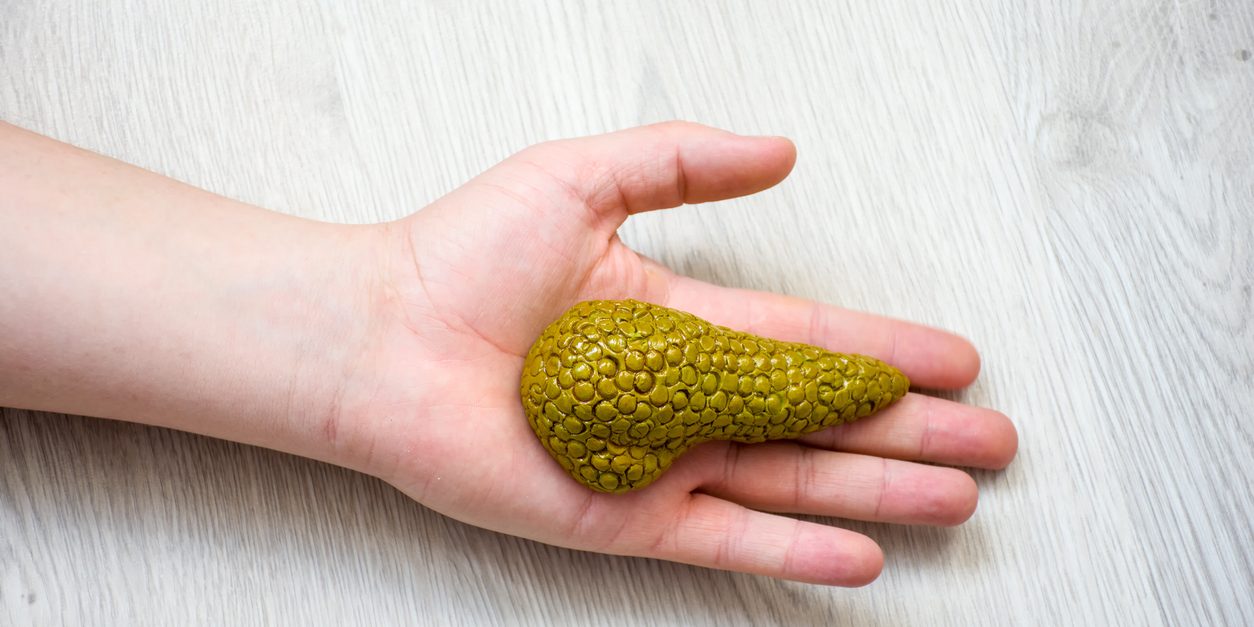Pancreatitis is never fun. When you start to feel the symptoms, it’s important to get in touch with your gastroenterologist in Los Angeles right away. That’s what Dr. Siamak Tabib and his team of experts are here for – to treat your pancreatitis symptoms. But, in order to best do so, it’s important to distinguish the difference between acute and chronic pancreatitis.
Acute pancreatitis and chronic pancreatitis are different diagnoses and therefore require different treatment plans. In order to pinpoint your pancreatitis symptoms better, we must first understand the difference between acute and chronic pancreatitis.
If you’ve been told that you have pancreatitis, but you aren’t sure which type you have, this simple guide can help you break it down.
Causes of Pancreatitis
To understand the two types, one must first understand the causes. There is a misnomer that pancreatitis is caused by alcoholism. In truth, there are many different causes for pancreatitis and all of them should be properly assessed.
Some other causes of pancreatitis include:
- Car accident or trauma
- Major injury
- Gallstones
- Certain medications
- Infections
- Genetic disposition
Hopkins Medicine also advises about hypoparathyroidism, as it can contribute to pancreatitis as well. Any of these causes can contribute to both acute and chronic pancreatitis. The next step is to determine what kind of pancreatitis you have.
Differences and Similarities
Let’s take a look at the symptoms of both types of pancreatitis. By comparing them side by side, you can begin to see how there are similarities in symptoms as well as differences. Noticing the differences may help bring you closer to an understanding of your own pancreatitis symptoms.
Chronic Pancreatitis Symptoms:
- Consistent vomiting
- Dull, aching pains in the abdomen
- Pain radiating from the intestines to the back
- Constant thirst
- Fatigue
- Weight loss
- Fever symptoms
Acute Pancreatitis Symptoms:
- Fever symptoms
- Sudden attacks of pain in the abdomen, lasting for minutes, hours, or days
- Pain radiating from the intestines to the back
- Nausea after eating
- Yellowish skin
As you can see, some of the symptoms are the same across both types of pancreatitis. Most people associate alcoholism with acute pancreatitis, due to the yellowing of the skin and difficulty eating. However, both can cause immense pain and require attention from a doctor immediately.
Diagnostic Differences
The different types of pancreatitis can lead to different complications if left untreated. For example, acute pancreatitis when left untreated can cause red, swollen abdomens and heart or kidney failure. Chronic pancreatitis can cause diabetes, malnutrition, and internal bleeding.
It is very important to seek out a doctor as soon as you notice any pancreatitis symptoms. The longer this condition goes untreated, the greater risk you are at for damaging the rest of your body. Your nutrition, appetite, comfort, and even your life are at risk if you do not seek a doctor right away.
Seek Out Pancreatitis Treatment!
Now that you know the difference between acute and chronic pancreatitis, you can seek professional help. Dr. Siamak Tabib is a specialist gastroenterologist and can help you diagnose your pancreatitis.
The more detailed the diagnosis, the better the treatment plan can be made for you. We offer our patients specialized and individualized treatments that seek to not only relieve symptoms but provide progressive and successful treatments to reverse the effects of pancreatitis.
Both acute and chronic pancreatitis are extremely painful to deal with and very dangerous to the health and vitality of your body. If you have any further questions about these conditions, or you are looking to start a progressive treatment plan right away, please get in touch with us.
You can contact us online or give us a call at (310) 683-4911.



